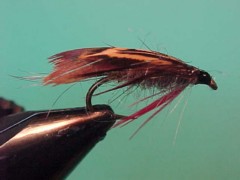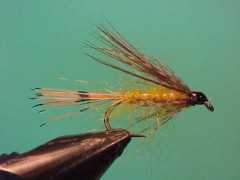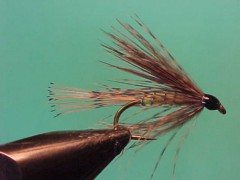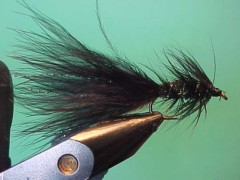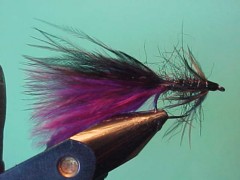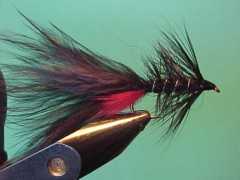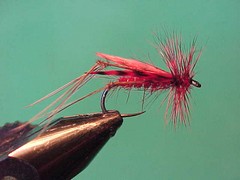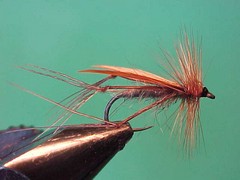Murdoch
Another old fly this little beauty has its origins on the salmon and trout streams of Ireland probably around the 1820’s. Its alternative name of ‘hares ear and red’ gives away its ancestry. Early versions of the fly presented were no more than a gold ribbed hares ear with a woodcock type wing tied on top. Over time the recipe has evolved.

